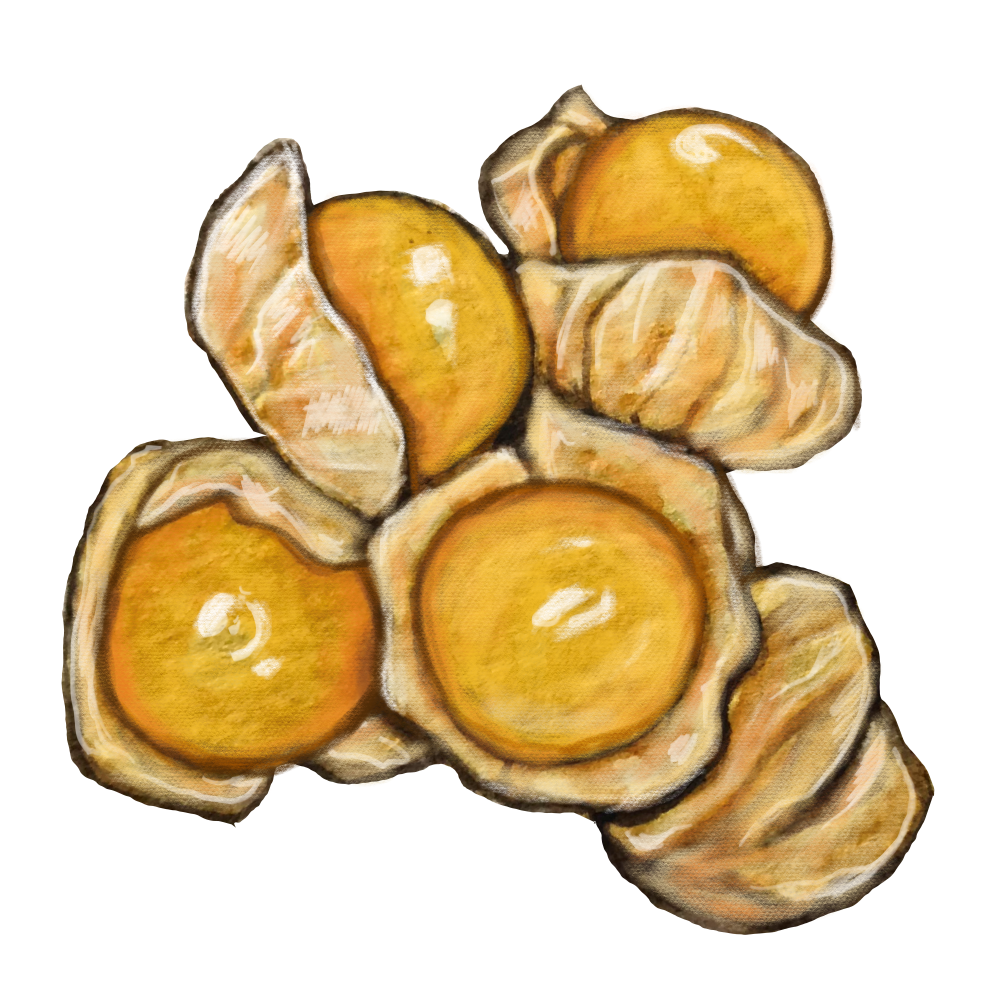Cape Gooseberries, also known as Physalis peruviana, are a unique and delicious fruit that can be grown in the home garden. These small orange berries are surrounded by a papery husk, and have a sweet and tart flavor that is similar to a mix of pineapple and tomato. In this guide, we'll discuss the specific growing requirements for Cape Gooseberries, including their water and sun requirements, spacing, soil requirements, pruning and trellising techniques, and uses for this tasty fruit.
Water Requirements:
Cape Gooseberries require consistent moisture to thrive, but do not like to be overwatered. They prefer to be watered deeply and infrequently, rather than receiving frequent shallow watering. Aim to water your Cape Gooseberry plants once a week, providing about an inch of water per watering. This will encourage deep root growth, making your plants more drought-tolerant and less susceptible to disease.
Spacing:
When planting Cape Gooseberries, it is important to give them enough space to grow. These plants can grow up to three feet tall and require ample space to spread out. Plant your Cape Gooseberry plants at least two to three feet apart, both within the row and between rows, to allow for good airflow and prevent overcrowding.
Sun and Soil Requirements:
Cape Gooseberries require full sun to produce a healthy crop. Make sure to choose a sunny location in your garden, with at least six to eight hours of direct sunlight each day. In terms of soil, Cape Gooseberries prefer well-draining, fertile soil that is rich in organic matter. Before planting, amend your soil with compost or well-rotted manure to improve its fertility and texture.
Pruning and Trellising Techniques:
Cape Gooseberry plants benefit from regular pruning and trellising. Pruning will help keep the plant tidy and reduce the risk of disease. Remove any branches that are damaged or diseased, as well as any suckers that form below the first flower cluster. Additionally, prune any leaves that are below the first flower cluster, as these are not contributing to the plant's overall health.
Trellising your Cape Gooseberry plants will help support their growth and prevent damage from wind and rain. Use sturdy stakes or cages to support the plants as they grow. As the plants get taller, tie them to the stakes or cages to keep them upright.
Uses for Cape Gooseberries:
Cape Gooseberries can be used in a variety of ways, including eating them fresh, adding them to fruit salads, or using them in baked goods. They also make a delicious and unique jam, chutney, or sauce. In addition, Cape Gooseberries are high in vitamin C, making them a healthy and nutritious addition to any diet.
In conclusion, growing Cape Gooseberries can be a fun and rewarding experience for any home gardener. By providing these plants with ample water, space, sunlight, and well-draining soil, and using pruning and trellising techniques, you can ensure a healthy and bountiful crop. Plus, the unique flavor and versatility of Cape Gooseberries makes them a great addition to any home garden or kitchen. So why not try growing Cape Gooseberries in your garden this year and discover this delicious and nutritious fruit for yourself!

